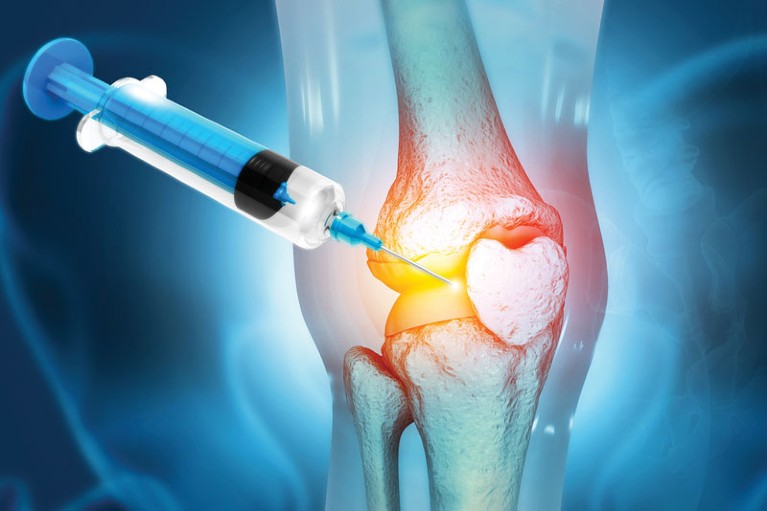
Biodegradable gel shows promise for cartilage regeneration
- BiotechnologyInternational News
- No Comment
- 447
A gel that combines both stiffness and toughness is a step forward in the bid to create biodegradable implants for joint injuries, according to new UBC research.
Mimicking articular cartilage, found in our knee and hip joints, is challenging. This cartilage is key to smooth joint movement, and damage to it can cause pain, reduce function, and lead to arthritis. One potential solution is to implant artificial scaffolds made of proteins that help the cartilage regenerate itself as the scaffold biodegrades. How well the cartilage regenerates is linked to how well a scaffold can mimic the biological properties of cartilage, and to date, researchers have struggled to combine the seemingly incompatible properties of stiffness and toughness.
Now, new research by Canadian and Chinese scientists published today in Natureoutlines a method to marry these properties in a biodegradable gel. “Cartilage is tricky,” says senior author Dr. Hongbin Li, a professor in the UBC department of chemistry. “Articular cartilage repair represents an important medical challenge because naturally speaking, it doesn’t repair itself.
Biodegradable cartilage implants must strike a delicate balance in that they need to be both stiff and tough, like actual cartilage. Mechanically, when something is stiff, it resists being bent or deformed, but that usually means it’s brittle — when you bend it, it breaks, like glass. When something is tough, it resists breaking, even when you bend it, but it might be too soft to be useful in a joint, like jelly, or even just softer than actual cartilage. That’s the case with current implants that are made from proteins, which creates a mismatch between what the cells need and what’s being provided, says Dr. Li. This leads to the cartilage not repairing as well as it could.
University of British Columbia
https://www.sciencedaily.com/releases/2023/06/230621121030.htm



